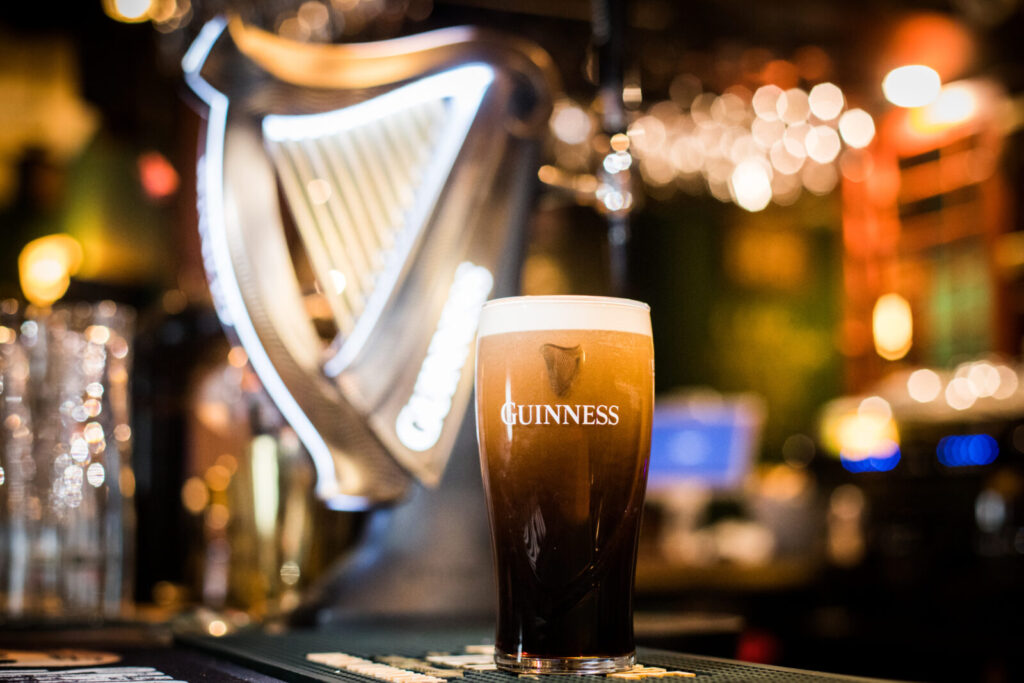Brief • 2 min Read

What Are Branding Tools?
Branding tools are the marketing techniques that a company uses to establish a strong, online identity. Branding tools help to define brand guidelines, increase awareness and visibility, and strengthen an entity’s reputation among customers, industry members, and their audience.
In other words, branding tools are the things that make your company stand out against the crowd. When we think of tools, we think of the physical things that help us, but when it comes to branding, the tools we use include strategies, content, and overall marketing that can put a brand on the map. How your business uses these tools can make or break how it is perceived within your industry, so it’s essential that you put your best foot forward when it comes to formulating these vital resources.
Why Are Branding Tools Important?
Branding tools are critical to a business’s overall success. Consistency is the number one key to progress when it comes to branding, and these tools help to ensure that your organization is always on message. Your brand needs to be accurately represented on every level of your marketing strategy and when you look at how complex digital marketing has become, maintaining a clear identity can be difficult. These tools take the guesswork out of this, which makes your job much easier.
Additionally, these tools contribute to brand equity and perception by building up your overall relationship with consumers. Let’s dive into how some branding tools can accomplish this.
1. Visuals
The visuals of a brand, including its name, logo, fonts, email signature, print materials, are the things that your audience latches onto when it interacts with a company. So, these things need to be uniform across all touchpoints so they will always have a specific mental and visual link to your brand no matter where they see these items.
2. Content
Having great content on the web is one of the top ways for your audience to connect with your brand. Additionally, this type of branding tool helps you to define your voice. For instance, if your website has a built-out blog that covers industry topics, it establishes trust with your stakeholders and provides a hub for your prospects to learn more about your business. A blog can also help build awareness and authority through search.
3. Research
It’s vitally important to provide insights into not only your brand but also your competitors and industry, through research. Providing users with clear facts, statistics, and data makes it easier for them to trust your brand and to understand its impact. These can be presented through assets like white papers, case studies, and reports.
4. Videos
Videos are a branding tool that allow a company to tell its story effectively. A lot of information about a brand’s value proposition can be packed into a video in an easily digestible way. Videos also combine different marketing media, like content and visuals, to be even more immersive.
5. Tracking
Tracking is the number one way to gauge a brand’s performance. Every business decision should be data-driven, and successfully tracking and reporting on data gives you those insights. Think of it as a tell-all guide that can inform your overall strategy, and marketing tools like QuestBrand makes this easier than ever before. QuestBrand automatically pulls insights from a variety of touchpoints, making it a breeze to understand your organization from a variety of angles.
Branding Success Story
Dollar Shave Club is a prime example of how an organization can successfully use some of the tools above to take its brand to the next level. To start, its name already makes it clear what the value proposition is and what kind of product they provide. Their logo is also well defined and they consistently use the same colors, fonts, and voice in their messaging. Additionally, their site features a blog covering a variety of grooming topics and well-researched advice.
Finally, they have a mastery of producing clear, concise, and attention-grabbing video content. Their very first ad was posted to YouTube in March 2012, and since then it has racked up over 27 million views. By 2016, the brand was sold to Unilever for 1 billion dollars and it continues to grow today. This is the power of branding tools, the importance of leveraging these properly cannot be understated. Contact our team today to learn more!
Subscribe for more Insights
Subscribe to our newsletter for the latest trends in business, politics, culture, and more.
Related Content









